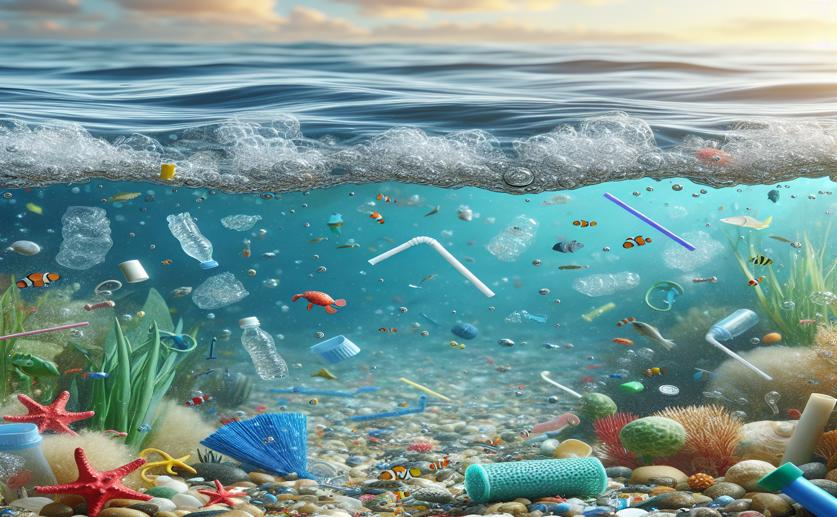
Trends in Microplastic Pollution in the Oceans: A Review
Greg Howard
1st March, 2024

Image Source: Natural Science News, 2024
Key Findings
- Study maps a decade of global research on ocean microplastic pollution, showing a rise in studies
- China leads recent research efforts, overtaking the US and UK in marine microplastic studies
- The Mediterranean Sea is a key focus area, reflecting its high vulnerability to plastic pollution
References
Main Study
1) Current patterns and trends of microplastic pollution in the marine environment: A bibliometric analysis.
Published 28th February, 2024
https://doi.org/10.1007/s11356-024-32511-x
Related Studies
2) Mitigating microplastic pollution: A critical review on the effects, remediation, and utilization strategies of microplastics.
3) Distribution and risk assessment of microplastics in typical ecosystems in the South China Sea.
4) Understanding microplastic pollution: Tracing the footprints and eco-friendly solutions.
5) Impact of the COVID-19 pandemic on research on marine plastic pollution - A bibliometric-based assessment.



 18th February, 2024 | David Palenski
18th February, 2024 | David Palenski